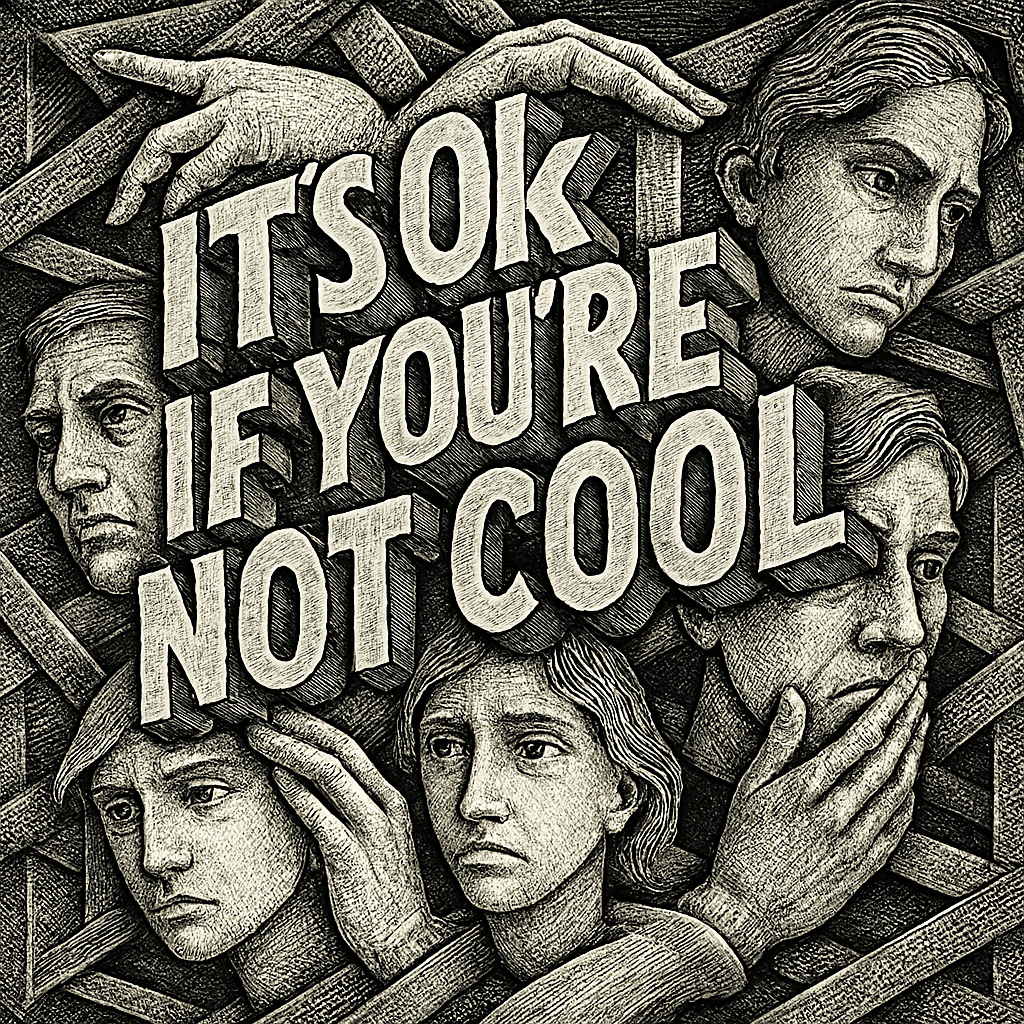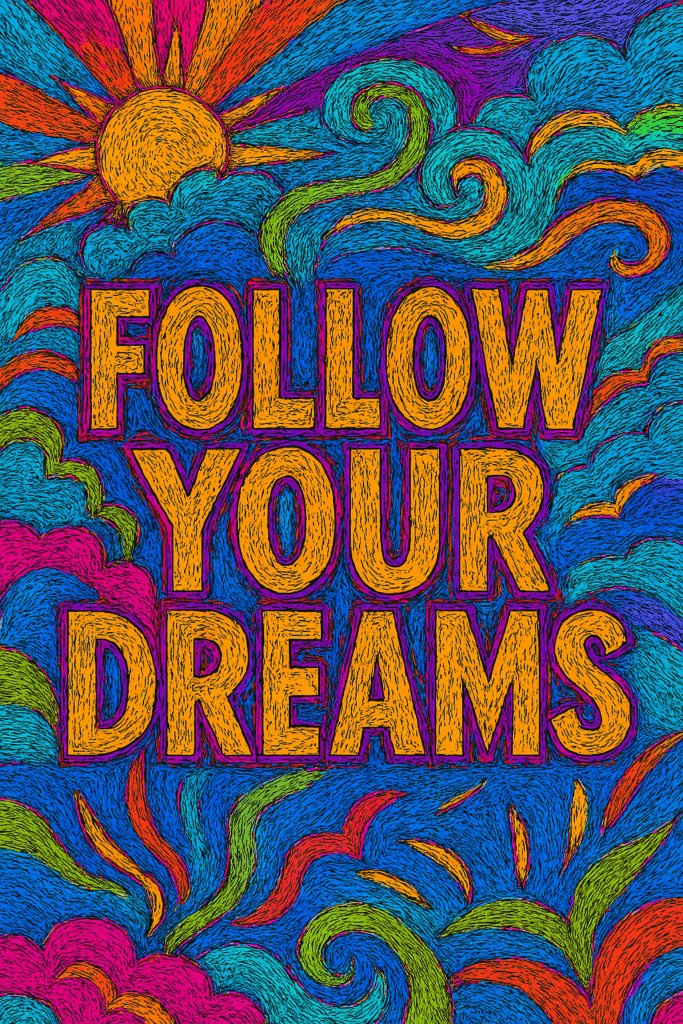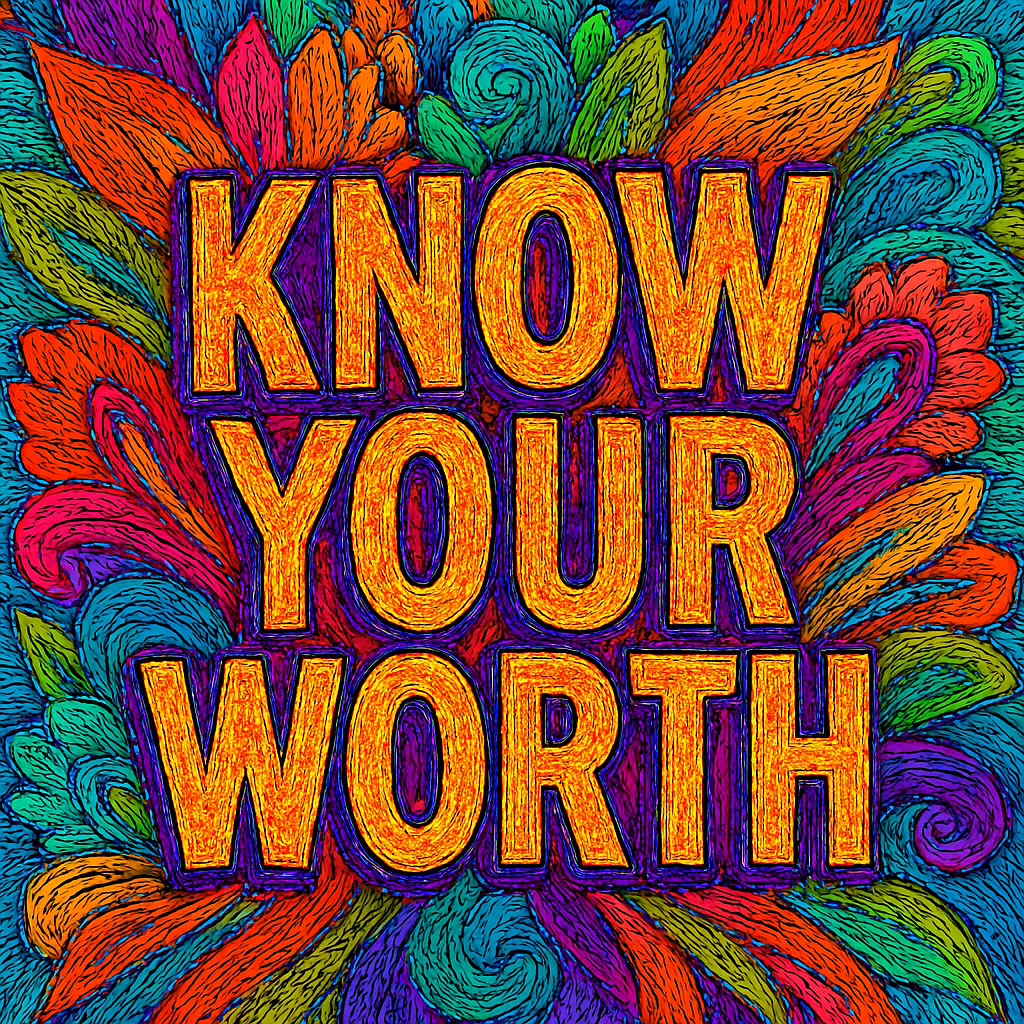
The Not Cool Psychology of “It’s OK If You’re Uncool”
Understanding Identity, Belonging, and the Quiet Power of Authenticity even if it is “Not Cool”
The Myth of Cool — How Social Hierarchies Shape Self-Perception Of Being Not Cool
Coolness is often treated as a currency in social environments, especially during adolescence and early adulthood. But beneath the surface, it’s a construct built on shifting norms, peer validation, and cultural storytelling. What’s considered cool in one era or subculture may be irrelevant—or even mocked—in another. It is ok to be not cool or evn more it is coll to be uncool.
Psychologists have long studied how individuals form self-concepts based on group affiliation. Social Identity Theory explains that people derive part of their self-worth from the groups they belong to. In this framework, “cool” becomes a shorthand for high-status group membership. But this status is fragile, often dependent on conformity, trend adoption, and external approval.
The danger lies in mistaking social performance for personal truth. When coolness becomes a goal, identity becomes reactive rather than reflective. People begin to shape themselves around what others value, rather than what they genuinely believe or enjoy.

Reclaiming the Uncool — Why Authenticity Is a Psychological Superpower
Authenticity is not just a moral ideal—it’s a psychological asset. Individuals who embrace their uncoolness often display greater emotional resilience, stronger interpersonal bonds, and deeper creative expression. This isn’t just anecdotal; it’s backed by decades of research.
Self-Determination Theory posits that autonomy, competence, and relatedness are core psychological needs. When someone stops chasing cool and starts living authentically, they begin to satisfy these needs more directly. Autonomy flourishes when choices reflect personal values rather than social pressure. Competence grows when energy is invested in genuine interests. Relatedness deepens when relationships are built on vulnerability rather than performance.
In short, uncoolness is not a deficit—it’s a doorway to psychological strength.
Identity Formation and the Role of Rejection
Rejection is often framed as failure, but psychologically, it can be a catalyst for growth. When someone is excluded from a “cool” group, it forces a reevaluation of values, priorities, and identity. This process, though painful, can lead to a more integrated and authentic self.
Studies on post-rejection growth show that individuals often emerge with clearer boundaries and stronger convictions. They stop outsourcing their worth to others and begin defining it internally. This shift is especially powerful in adolescence, when identity is still forming and peer influence is at its peak.
Rejection, then, is not the end of belonging—it’s the beginning of self-belonging.

The Neuroscience of Belonging
Am I Not Cool
Belonging isn’t just a social concept—it’s a biological imperative. Neuroscientific research reveals that social exclusion activates the same brain regions as physical pain. This explains why being left out or deemed not cool can feel viscerally distressing.
However, the brain also responds positively to genuine connection. Oxytocin, the “bonding hormone,” is released during moments of trust, empathy, and shared vulnerability. Importantly, these moments don’t require popularity or status—they require authenticity.
When someone embraces their uncoolness and finds others who accept them as they are, the brain registers safety, connection, and emotional nourishment. Belonging, in its truest form, is not about being admired—it’s about being known.
The Rise of Counterculture and Subcultural Cool
Throughout history, countercultures have challenged mainstream definitions of cool. From beat poets to punk rockers to digital minimalists, these movements reject conformity and celebrate individuality. They prove that coolness is not a universal standard—it’s a narrative shaped by who controls the spotlight.
Subcultures offer refuge for the uncool. They create spaces where niche interests, unconventional aesthetics, and radical honesty are not just accepted—they’re revered. These communities often become incubators for innovation, art, and social change.
By stepping outside the mainstream, individuals find freedom to redefine cool on their own terms.
The Role of Vulnerability in Connection
Vulnerability is often mistaken for weakness, but in psychological terms, it’s the foundation of intimacy. When someone admits they’re not cool—or that they feel insecure, uncertain, or different—they open the door to real connection.
Research shows that vulnerability fosters trust, empathy, and emotional closeness. It signals that someone is safe to be around, because they’re not performing—they’re present. In contrast, the pursuit of coolness often creates emotional distance, as people hide their true selves behind curated personas.
Choosing to be uncool is choosing to be real. And realness is what makes relationships thrive.

Social Media and the “Not Cool” Illusion of Cool
Social media platforms have amplified the pressure to appear cool. With likes, followers, and algorithmic visibility acting as proxies for social value, individuals often feel compelled to curate idealized versions of themselves.
This digital performance can distort self-perception. Studies show that heavy social media use correlates with increased anxiety, depression, and body dissatisfaction—especially when users compare themselves to others. The illusion of coolness becomes a trap, reinforcing the belief that worth is measured by metrics.
But there’s a growing counter-movement online, creators who embrace awkwardness, honesty, and imperfection. Their popularity suggests that authenticity resonates more deeply than polish.
The Psychology of Quiet Confidence
Quiet confidence is the antithesis of performative coolness. It’s rooted in self-trust, not external validation. People who embody quiet confidence don’t need to prove themselves—they simply show up as they are.
Psychologists describe this as “secure self-esteem,” which is stable, non-reactive, and internally sourced. Unlike fragile self-esteem, which depends on praise and status, secure self-esteem allows individuals to navigate criticism, rejection, and uncertainty with grace.
Uncoolness often cultivates this kind of confidence. When someone stops chasing approval, they start building self-respect.
The Power of Niche Identity
Mainstream coolness tends to flatten individuality. But niche identity—embracing specific, even obscure interests—adds texture and depth to the self.
Whether it’s a passion for analog photography, medieval history, or experimental jazz, niche interests foster what psychologists call “identity coherence.” This means that someone’s values, hobbies, and self-expression align, creating a sense of wholeness.
Niche identity also builds community. People connect over shared passions, not shared status. These connections are often more enduring and meaningful than those formed through popularity.
Uncoolness and Creativity
Creativity thrives in the margins. Many of history’s most innovative thinkers were outsiders—people who didn’t fit in, didn’t follow trends, and didn’t care about being cool.
Psychological studies on divergent thinking show that nonconformity is a key ingredient in creativity. When individuals feel free to explore, experiment, and express without fear of judgment, their creative output flourishes.
Being uncool often means being original. And originality is the lifeblood of creative work.

The Role of Humor and Self-Acceptance
Humor is a powerful psychological tool, especially when it’s self-aware. People who can laugh at their own uncoolness demonstrate emotional intelligence, humility, and resilience.
Self-deprecating humor reduces defensiveness and increases likability. It signals that someone is comfortable with themselves, flaws and all. This comfort creates psychological safety for others, encouraging openness and connection.
In a world obsessed with image, humor becomes a form of rebellion—a way to say, “I’m not perfect, and that’s perfectly fine.”
Aging and the Liberation from Cool
As people age, the pressure to be cool often fades. Older adults report higher levels of emotional stability, life satisfaction, and self-acceptance. This shift reflects a deeper integration of identity.
With time, individuals begin to prioritize meaning over image, connection over performance. They stop chasing trends and start cultivating wisdom. The liberation from coolness is not just a relief—it’s a reward.
Aging reveals that the pursuit of cool was never the point. The point was to become someone you respect.
The Fashion of Being Uncool
Ironically, the deliberate rejection of fashion norms has become a fashion statement in itself. From normcore to thrift-core to anti-fashion movements, dressing “uncool” is now a way to signal individuality, confidence, and cultural awareness.
Fashion psychologists note that clothing choices are a form of identity signaling. When someone wears what they love—regardless of trends—they communicate autonomy and self-trust. This authenticity often attracts admiration, precisely because it defies conformity.
In today’s landscape, the oversized sweater, the vintage windbreaker, or the mismatched socks aren’t just style choices—they’re declarations of freedom. The fashion of being uncool or not cool is cool because it’s honest.
When Anxiety Becomes an Asset
What you think is not cool
Anxiety is often framed as a weakness, but it can also be a source of insight, empathy, and preparedness. Psychologists recognize that anxious individuals tend to be highly attuned to their environment, sensitive to nuance, and deeply reflective.
This heightened awareness can lead to better decision-making, stronger emotional intelligence, and more thoughtful creativity. In leadership, anxious individuals often anticipate risks others overlook. In relationships, they’re more likely to notice emotional shifts and respond with care.
When managed well, anxiety becomes a tool—not a trap. It teaches humility, deepens compassion, and fosters resilience. Being uncool because you’re anxious isn’t a flaw—it’s a sign that you feel deeply and think carefully.
This is a uncool trait in lots of people to belive they are not cool.
Conclusion
The Quiet Revolution of Being Yourself
Coolness is a moving target—defined by trends, shaped by peers, and often disconnected from personal truth. But authenticity? That’s timeless.
Choosing to be uncool is not a resignation. It’s a rebellion. It’s the moment you stop outsourcing your identity and start building it from the inside out. It’s when your quirks become your signature, your anxieties become your insight, and your fashion becomes your freedom.
In a world that rewards performance, being real is radical. And in a culture obsessed with image, being uncool or just not cool is quietly revolutionary.
So wear the mismatched socks. Share the awkward story. Admit the anxiety. Laugh at your own jokes. Build a life that doesn’t need applause to feel meaningful.
Because the truth is – the people who matter don’t care if you’re cool. They care if you’re you.
Join the Discussion
Have you ever felt the pressure to be cool—or the freedom of letting it go? What helped you embrace your authentic self? – Is being uncool or not cool in certain circumstances a way of uniqueness? What makes you not cool but what you embrace?
#AuthenticityMatters #PsychologyOfCool #BeUncoolBeYou #IdentityOverImage #QuietConfidence #SelfAcceptance #MentalWellbeing #SocialPsychology #UncoolAndProud #RealConnection #CountercultureCool #EmbraceYourWeird



Do you mind if I quote a few of your articles as long as I provide credit and sources back to your weblog? My blog site is in the exact same niche as yours and my visitors would certainly benefit from some of the information you provide here. Please let me know if this alright with you. Many thanks!